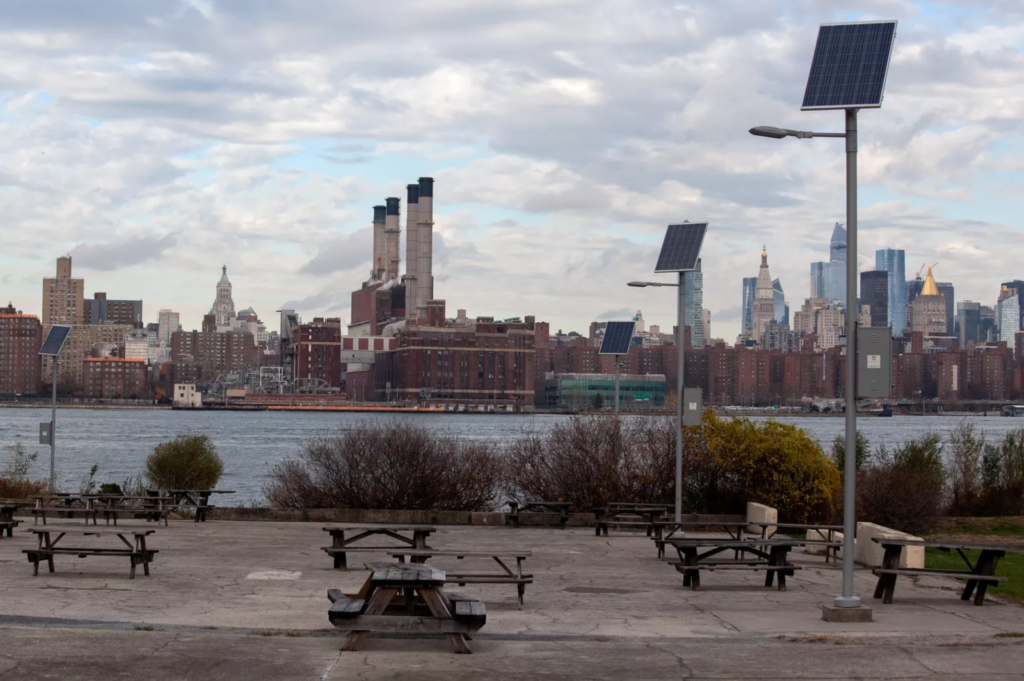NYC climate progress on ambitious emissions goals backslides as strategic plan sprawls

 This story was originally published on Dec. 1 by THE CITY. Sign up here to get the latest stories from THE CITY delivered to you each morning.
This story was originally published on Dec. 1 by THE CITY. Sign up here to get the latest stories from THE CITY delivered to you each morning.
New York City’s greenhouse gas output increased between 2017 and 2019 — setting back hopes of cutting the emissions by up to 40 percent by 2030, a new environmental progress report shows.
Measured from the 2005 baseline set under the administration of then-Mayor Michael Bloomberg, emissions were down only 15 percent as of last year — after having decreased by 18.2 percent between 2005 and 2017, according to City Hall’s recently released OneNYC 2020 update.

Brooklyn Boro
View MoreNew York City’s most populous borough, Brooklyn, is home to nearly 2.6 million residents. If Brooklyn were an independent city it would be the fourth largest city in the United States. While Brooklyn has become the epitome of ‘cool and hip’ in recent years, for those that were born here, raised families here and improved communities over the years, Brooklyn has never been ‘uncool’.